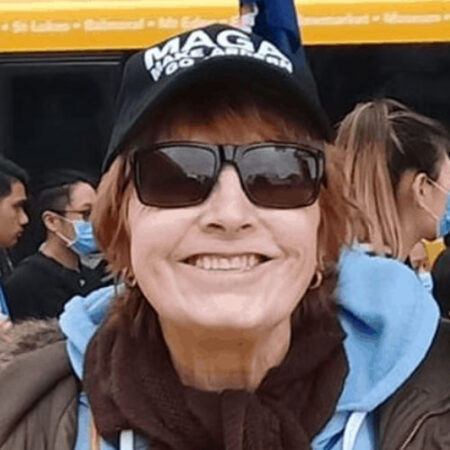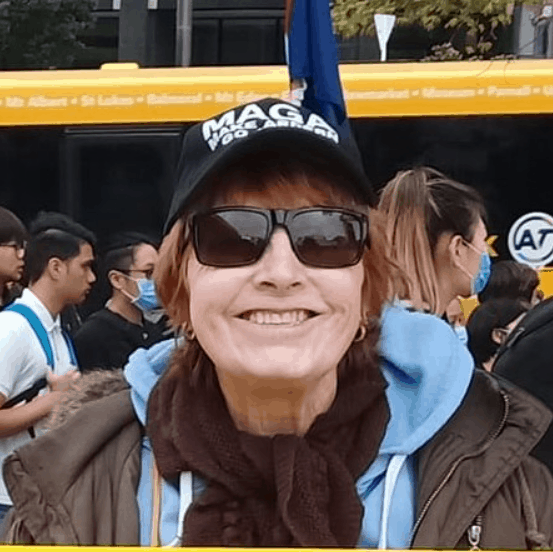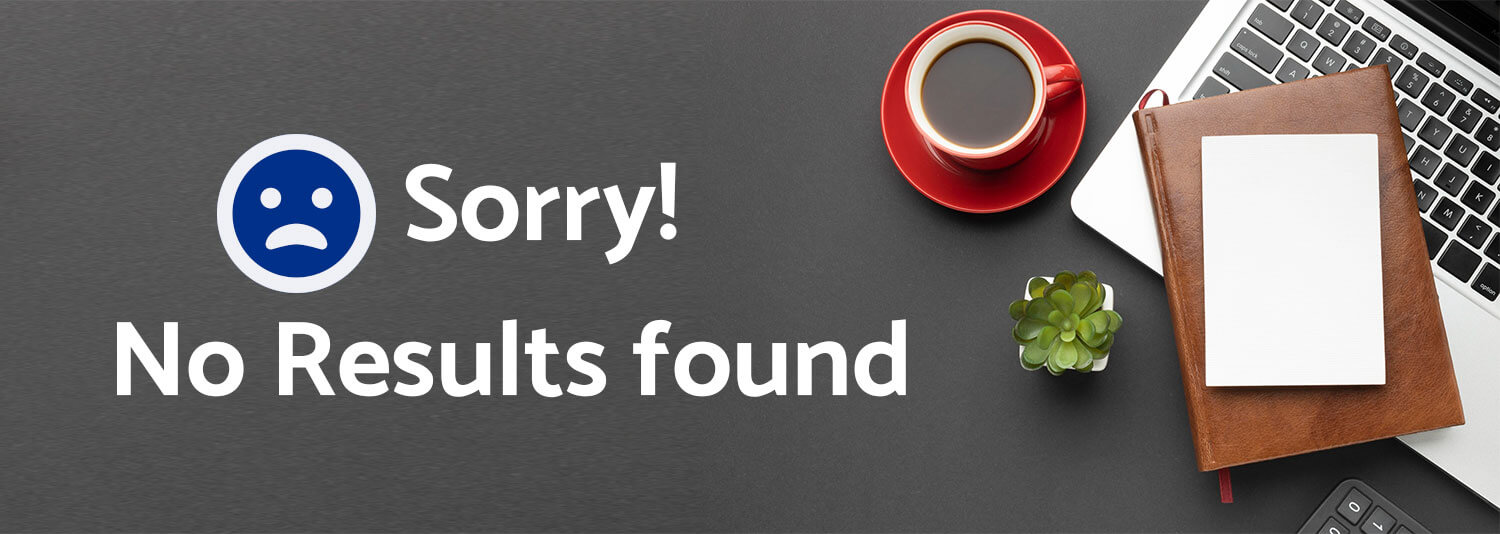George Orwell’s- Animal Farm: All animals are equal, but some animals are more equal than others” Orwell explaining disparities that exist in our society
‘A proclamation by the pigs who control the government, in the novel of Orwell’s ‘Animal Farm’. The hypocrisy of governments that proclaim the equality of citizens, but give power and privileges to a small elite
Orwell parody of as he criticised Stalinist Russia. He said ‘”Windmill or no windmill, life will go on as it had always gone on, and that is badly
Orwells “All animals are equal, but some animals are more equal than others”, takes me back to the researched archives of the Beehive (The wasps nest) 15th September 2007.
The NZ Minister Of Maori Affairs gave a ‘Wake Up’ speech in the house, however three years later the National Party ignored the warning. And now the great push to introduce the UNDRIP into Health, Education, Infrastructure, Economy etc., etc.,
The hypocrisy of governments that proclaim the equality of citizens, but give power and privileges to a small elite
We are all one people. We argas (arigas) altar omra piano (Pi-arno). (Gaelic)
He Iwi Tahi Tatou
PLEASE CLICK ON THE IMAGE : ABOVE TO LINK YOU TO MY RUMBLE VIDEO MORE MORE INFORMATION ON THIS IMPORTANT ISSUE
...



